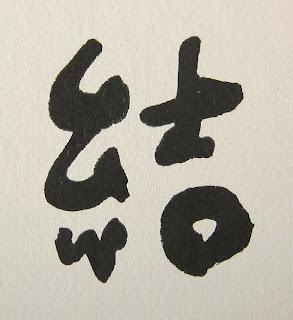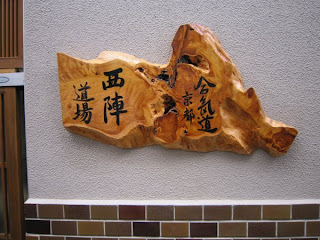Switch your life ON

It has been over 2 weeks since I quit weekend and night time internet. Switching off my computer early in the evening, gave me 2 more sleep hours every day. Not touching the computer during the weekend, gives me splendid family time and attention to my family and myself. Suddenly I have more time to talk to my family, drive somewhere, read books, watch movies on tv with my son... I recommend this to everyone. Don't let internet rule your life. You will be happier, healthier, and will surprisingly discover, that everything in your mailboxes waits for you and doesn't go away when you turn your pc on in the morning. Switch your life ON. :-)








